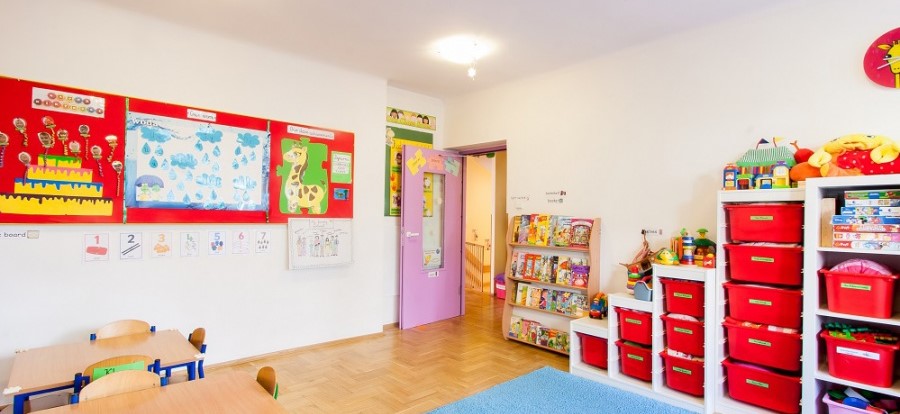Before deciding on which country is the best fit for you, we want to make sure you have all the information that you might need. There are some really important questions to consider: Which lifestyle best suits you? Do you want to be close to your home country? And also some questions that you might not have thought about just yet, such as: What is the education system like in that country?
At Impact Teaching, we try to cover all bases. You’ll find blog posts aimed at answering any questions you might have, and today we’re going to focus on that last one: The education system in: Poland. Overall, the education system in Poland is quite similar to the education system in the U.K., most notably through having mandatory education until the age of eighteen. If students wish to, they can complete twenty two uninterrupted years of education (makes us feel dizzy just thinking about it!).
What are the distinguishing features of the education system?
Schooling in Poland is mandatory from the ages of six until eighteen, with the first year being at a kindergarten. The rest of their education can be broken down into two main phases: primary and secondary school. Students spend eight years at primary school and then a further five years at secondary school. At the end of their time at primary school, students must sit a National Competence Exam; however, there is no minimum mark requirement, so all students pass. During their time at secondary school, students can also choose to learn a trade, similar to an apprenticeship scheme at a college.
After secondary school, all students must sit and pass the matura exam. Following this, students can either continue working towards their trade, or pursue a further education at university.
How many subjects do students study in school?
At primary school, the curriculum usually focuses only on Polish, maths, a foreign language (usually English), physical education, and religion. The curriculum then diversifies after the first three years, and expands to include sciences and an additional second language (e.g. Spanish, German or Russian).
At secondary school, the curriculum covers Polish, history, civics, two foreign languages, maths, physics and astronomy, chemistry, biology, geography, fine arts/music, technology, information technology, physical education and religion or ethics.
What are considered the key subjects?
Polish schooling places a clear importance on foreign language learning, as most students will take two foreign languages at secondary level, and they start learning their first foreign language in kindergarten!
Students themselves voted English, maths, Polish and then a further foreign language as their most useful school subjects. Most schools in Poland also reflect this through teaching time of these subjects, as well as focus of the curriculum.
What percentage of students goes to university?
The number of Polish students pursuing higher education is on a steady increase over the last few decades, with a twelve percent increase over ten years, forty four percent of young adults in Poland had graduated from further education in 2018. Many of these students will then go on to gain a master’s degree in their subject – around seven out of ten!

Life for the students
As you can see from those university statistics, Polish students tend to be hardworking and motivated towards getting further education. However, there are many comprehensive and valuable trade apprenticeships for students who want to follow another path. The focus of the curriculum seems to be to encourage students to pursue university education, so the classroom presents a great opportunity for you to help students prepare for exams, as well as show them the wonders of discussion and conversational English.
Would you like to teach English in Poland? Explore our program page or submit an application
About the author





